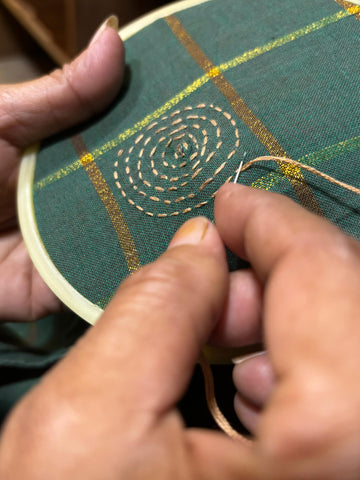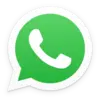Handloom weaving is a timeless art that demands unparalleled skill and patience. This age-old technique involves manually interlacing threads on a loom to create exquisite fabrics. Let's delve into the intricate process that transforms raw materials into masterpieces.
The journey begins with the careful selection of high-quality fibres, such as cotton, silk, or linen. These fibres are then spun into yarn, often by hand using traditional spinning wheels, preserving the authenticity of the craft. The next crucial step is warping, where the yarn is stretched and prepared for weaving.
The heart of the process lies in the loom, a wooden or metal frame that holds the warp threads – the lengthwise threads. The weaver skillfully interlaces the weft threads – the crosswise threads – through the warp using a shuttle. This rhythmic dance of hands and feet creates the fabric's structure.
Handloom weaving is characterised by its intricate patterns and textures. Weavers employ various techniques to bring designs to life, including plain weave, twill, and jacquard. From delicate checks and stripes to elaborate motifs, each pattern is a testament to the weaver's artistry.
The entire process is labour-intensive, requiring hours of meticulous work. However, the result is a fabric that exudes unparalleled charm and durability. Handwoven textiles not only offer unmatched comfort but also tell a story of tradition, craftsmanship, and sustainability.
By understanding the complexities of handloom weaving, you'll appreciate the true value of these exquisite fabrics and the artisans who create them.






